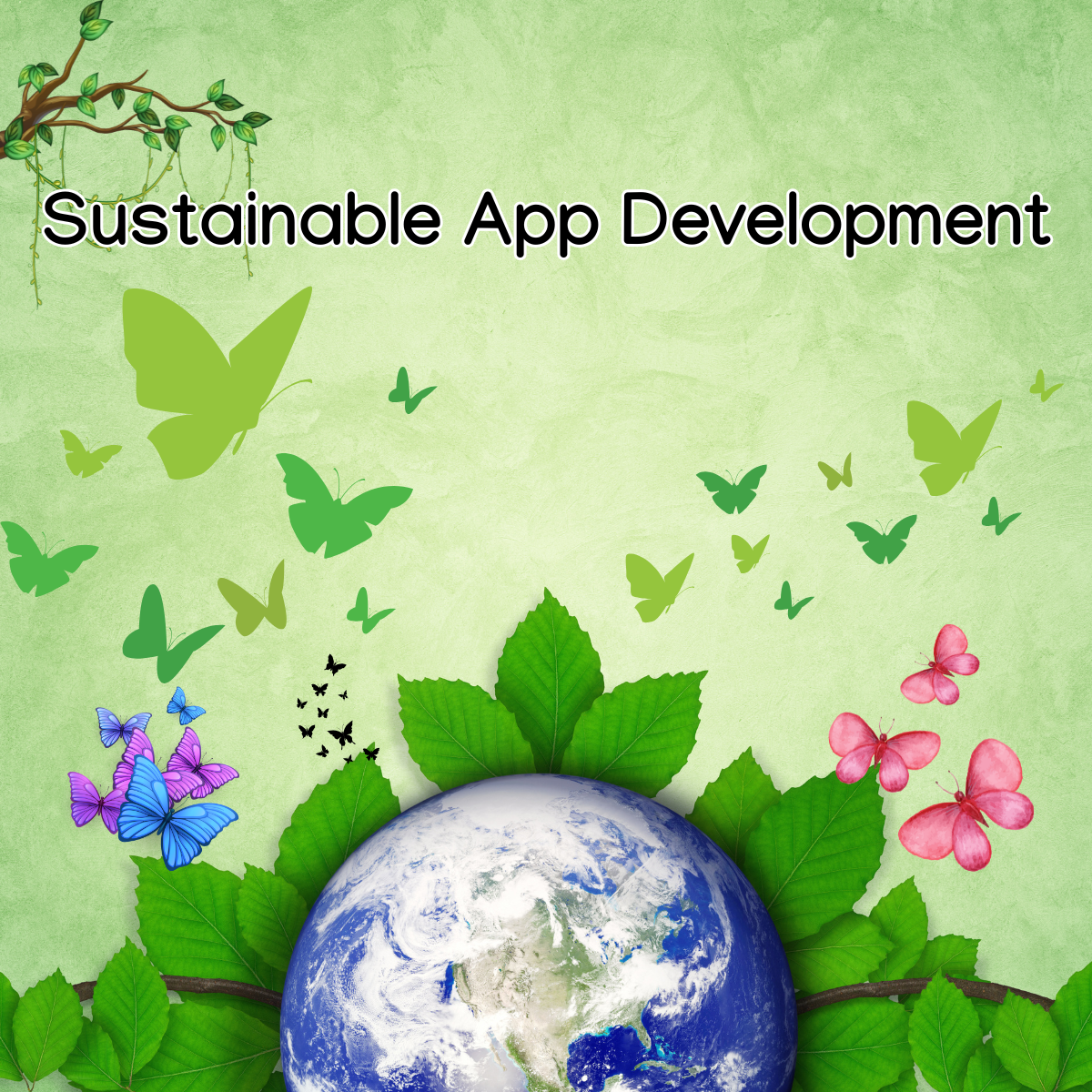Posted At: Aug 14, 2025 - 304 Views

🌱 Sustainable App Development: Strategies for Creating Eco-Friendly Apps and Minimizing Carbon Footprints
In today’s climate-conscious world, sustainability is no longer a buzzword—it’s a responsibility. While much of the focus on eco-friendly tech has been centered on hardware and data centers, mobile app development also has a crucial role to play in reducing digital carbon footprints.
The good news? Developers, designers, and product teams can make intentional choices to build apps that are both high-performing and environmentally sustainable.
This blog dives into how mobile development can go green—from architecture and code to UX and server-side efficiency.
📊 Why App Development Needs to Be Sustainable
You might be wondering, “How can a lightweight mobile app contribute to environmental issues?”
Here's how:
- Energy-hungry apps drain device batteries faster, increasing charging frequency and energy use.
- Heavy backend workloads increase server demand, leading to higher data center energy consumption.
- Inefficient design and code result in longer processing times and higher network usage.
Considering the billions of smartphone users and countless hours spent on apps, the cumulative environmental impact is significant.
🌍 What Makes an App "Sustainable"?
Sustainable apps are designed and developed to minimize their impact on energy consumption, data usage, and computational resources—on both the frontend (device) and backend (server).
Key Goals:
- Reduce CPU/GPU usage
- Minimize data transfer
- Optimize server-side processing
- Extend device battery life
- Promote longer device lifecycles
🛠️ Strategies for Sustainable Mobile App Development
1. Efficient Coding Practices
- Write clean, optimized code that runs with minimal resource usage.
- Avoid memory leaks and unnecessary background processes.
- Use native components where possible, as they are generally more optimized for energy and performance.
2. Minimize App Size
- Compress assets like images, videos, and audio files.
- Lazy load content to reduce data fetching and rendering overhead.
- Remove unused libraries and dependencies.
3. Optimize Network Usage
- Cache frequently accessed data.
- Use lightweight data formats (e.g., JSON over XML).
- Compress API payloads and use efficient data fetching methods (e.g., GraphQL over REST when applicable).
4. Design with Energy Efficiency in Mind
- Prefer dark mode: OLED screens consume less power displaying black.
- Reduce animations or ensure they’re hardware-accelerated.
- Use lower screen refresh rates where appropriate.
- Make location services optional or use low-power geolocation.
5. Green Backend Architecture
- Use green cloud providers like Google Cloud (carbon-neutral), AWS (with sustainability goals), or Microsoft Azure.
- Leverage serverless architecture to scale only when needed.
- Use energy-efficient programming languages and frameworks on the server side.
6. Battery-Aware Features
- Delay or defer non-essential background tasks when the battery is low.
- Detect and adapt to battery saver modes.
- Reduce polling intervals and avoid excessive background activity.
7. Monitor & Measure Impact
- Use tools to analyze energy consumption (e.g., Android Studio Energy Profiler, Xcode Instruments).
- Track data usage, server hits, and CPU time.
- Set sustainability KPIs alongside performance KPIs.
💡 Bonus: User Education Within the App
Encourage users to:
- Use features like offline mode to reduce network load.
- Enable dark mode.
- Manage app permissions to limit background activity.
These nudges not only improve the user experience but also empower your users to reduce their own digital impact.
🧪 Case Studies & Real-World Examples
- Spotify uses caching and preloading to reduce energy and data consumption.
- Google Maps introduced dark mode and AI-based route suggestions that optimize fuel usage.
- Instagram implemented data saver modes for users on limited plans, which also reduces carbon footprint by limiting data transfer.
📈 Why It Pays to Go Green in App Development
Sustainable apps don’t just help the planet—they also:
- Improve battery life and app performance
- Reduce hosting costs
- Increase accessibility in regions with limited bandwidth or power
- Appeal to environmentally-conscious users
- Align with ESG (Environmental, Social, Governance) goals
🌎 Final Thoughts
Sustainable mobile development is not a limitation—it’s an opportunity to innovate responsibly. As developers, product managers, and designers, we have the tools to make a tangible difference.
By building apps that consume fewer resources, reduce energy use, and educate users on greener digital habits, we’re not just improving performance—we’re shaping a cleaner digital future.
👣 Let your next app leave a lighter footprint.
Let me know if you’d like a short LinkedIn carousel, poster text, or social media version of this blog!
